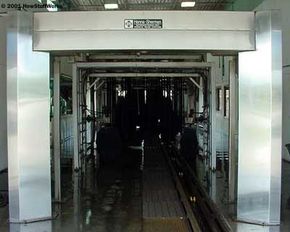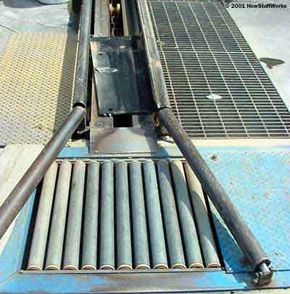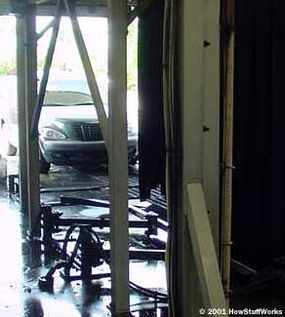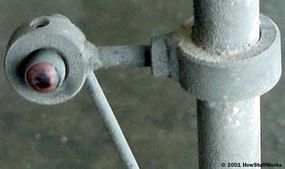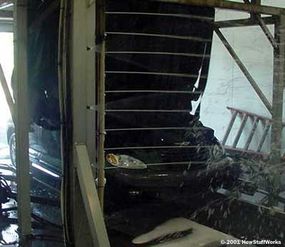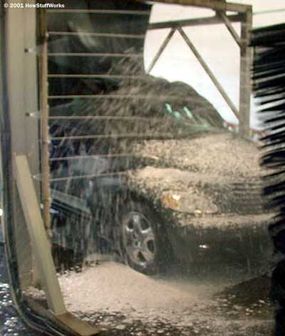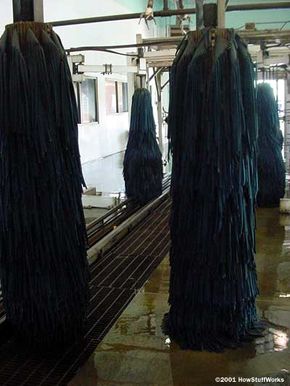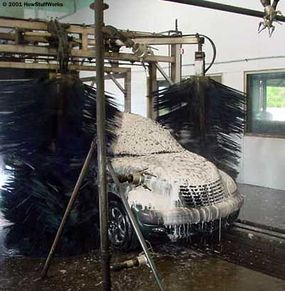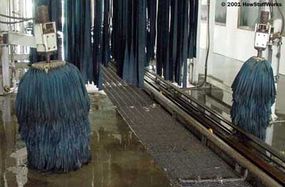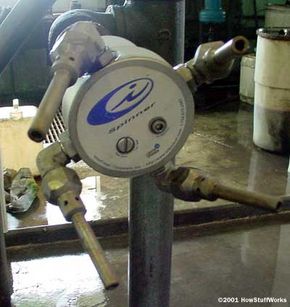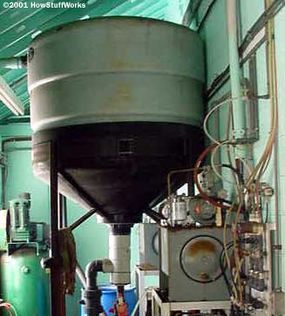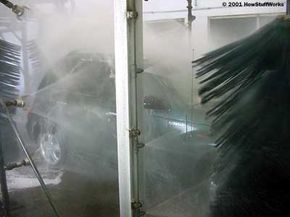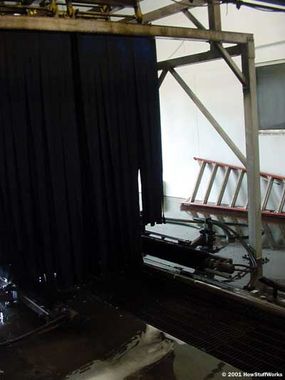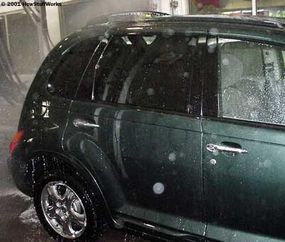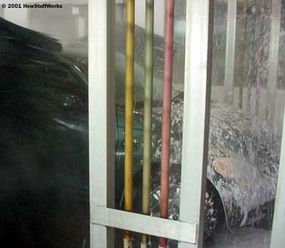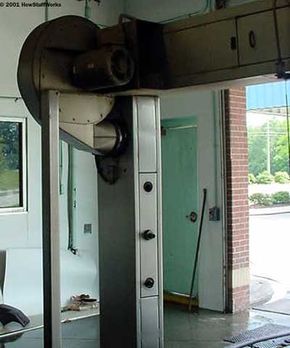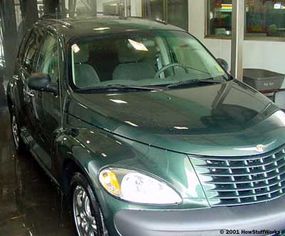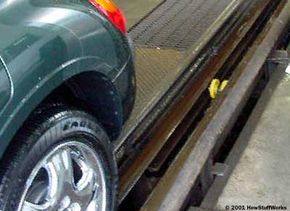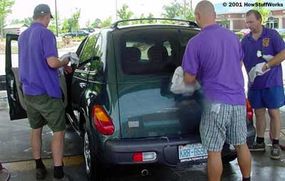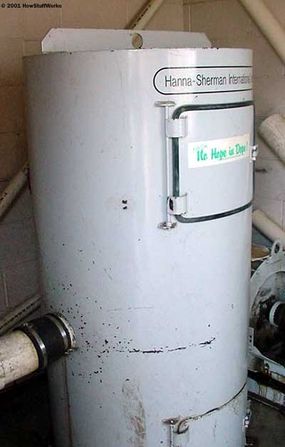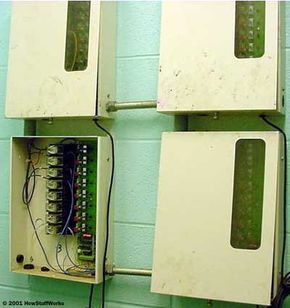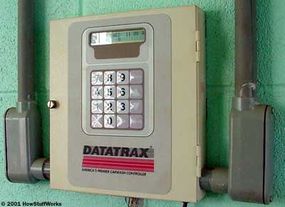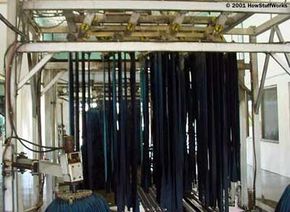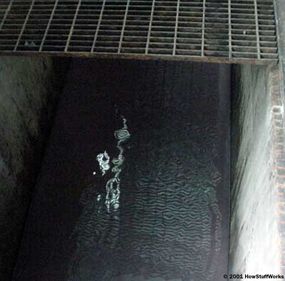Let's face it. Most of us have a car or truck and we enjoy driving it, especially when it's shiny and clean. For this reason, car washes have remained popular ever since two Detroit men opened the first one, the Automated Laundry, in 1914. A lot of people wash their own cars at home, but the convenience of an automated car wash and relatively low cost can be hard to beat.
Car washes fall into five categories:
Advertisement
- Self service - An open bay (the area that the car sits inside) is typically used in these systems. Self-service systems have a pressure sprayer, and sometimes a foaming brush, that is connected to a large central pump. The sprayer has a coin-operated dial system to select the option you want, such as "soap," "rinse" and "wax." A timer shuts the water off after a certain period of time, at which point you must put in more coins if you want more water.
- Exterior rollover - A system that is growing in popularity, exterior rollover car washes are automated systems where you drive your car inside the bay. Once your car is in the correct position, a signal informs you to stop. At that point, the car-wash equipment moves over your car on a track, performing a specific function, such as applying soap or rinsing, with each pass. Exterior rollover systems are very common at gas stations, where the price is often discounted in conjunction with buying a tank of gas.
- Exterior only - This automated system is popular in the northeastern part of the United States, but can be found all over the world. You drive your car into the entrance of a long, tunnel-like bay. The front tire, usually on the driver's side, is positioned on a special conveyor belt, and you put the car in neutral. The conveyor belt guides the car through the bay, where the car goes past several pieces of equipment, each with a specific purpose.
- Full service - A modification of the exterior-only system, full service uses the same conveyor-belt-based automated system. The difference is that the interior is manually cleaned by attendants, and some exterior services, such as hand-drying and wheel-cleaning, are available.
- Detail shop - A detail shop may hand wash or use an automated system to wash the car. Then, attendants completely clean and polish the car, normally applying wax and using a tool called a buffer to remove the wax and polish the car. Detail shops are often able to remove dull paint and small scratches, steam clean carpets and seats, brighten chrome, remove tar and perform a variety of other services.
In this article, we will focus on the conveyor-driven systems used in exterior-only and full-service systems. You will learn about each step of the process and see the machinery that makes it happen. So sit back, make sure that your windows are closed and that your antenna is down. Let's enter the tunnel.
Advertisement
